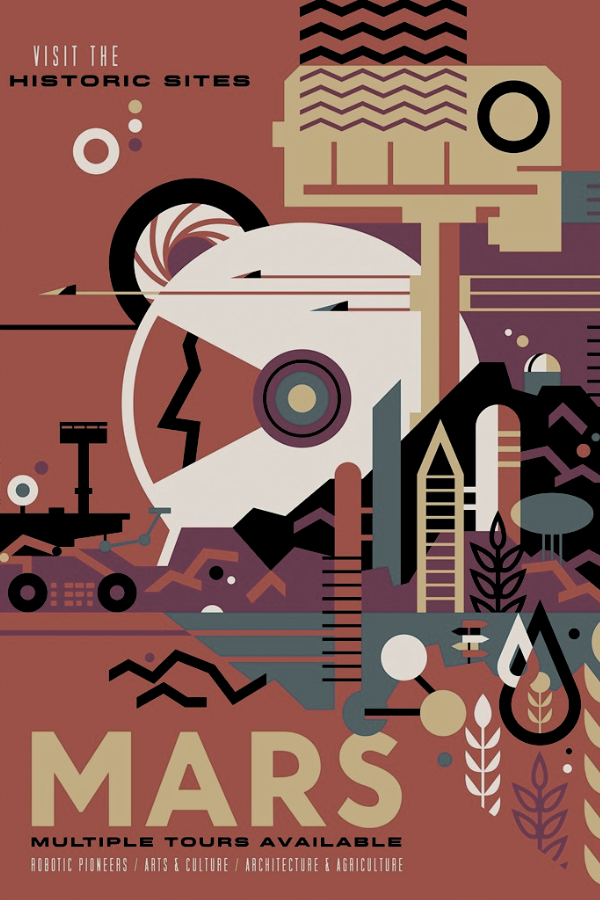

From Mining to Tourism: Addressing the Challenges of an Orbital Economy
Summary
Reflection Questions
Journal Prompt
By this time, our readers have certainly heard or read about the nascent yet ever-expanding “orbital economy.” This burgeoning economy encompasses a wide array of activities from satellite deployment and scientific research to early commercial ventures such as asteroid mining and space tourism. The transition marks a significant evolution in space exploration, shifting from government-dominated missions to a new era where private enterprises and public-private partnerships pioneer the commercialization of space. This shift not only opens up unprecedented opportunities in terms of resources and experiences but also poses unique challenges, including technological hurdles, regulatory issues, and ethical considerations. Read on to learn more about the future of space commerce.
Out-of-this-World Women Who Are Shaping the Space Economy
Before we get into the nitty gritty of orbital economics, let’s take a moment to celebrate the amazing women who are currently shaping the space economy. These women, among many others, are leading the way in the space economy, breaking barriers and setting new standards for what humanity can achieve in space exploration and utilization. Their contributions are not only advancing technological and scientific frontiers but also inspiring future generations to dream big and reach for the stars.
Gwynne Shotwell
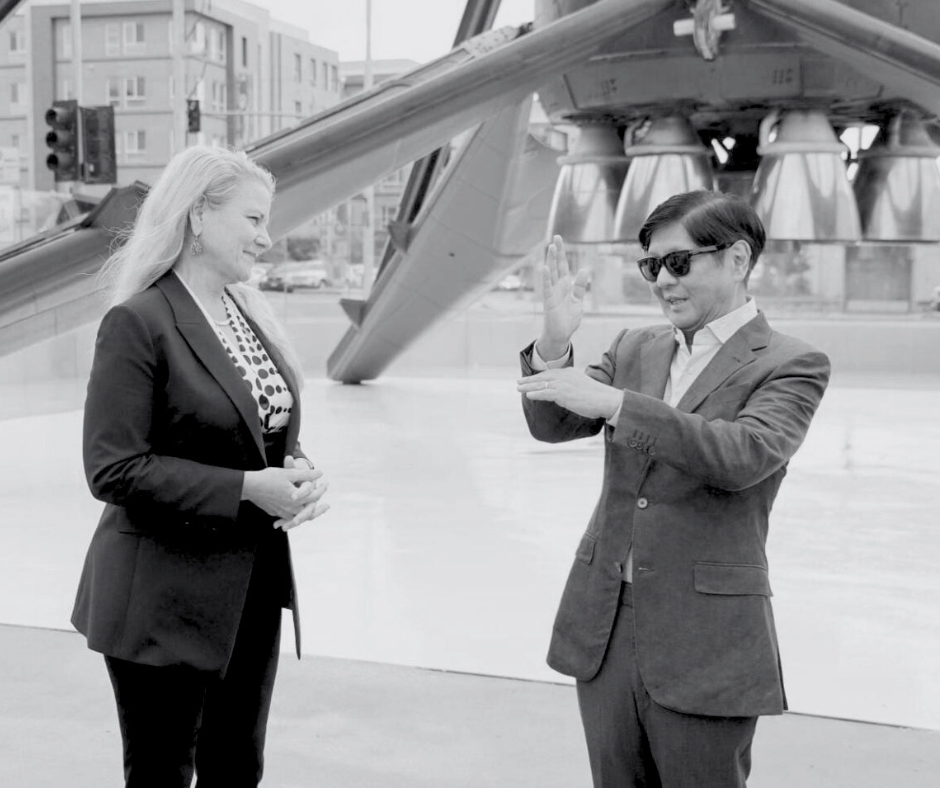

As President and COO of SpaceX, Gwynne Shotwell has been instrumental in the company’s success, overseeing operations and helping drive the commercial space industry forward. Under her leadership, SpaceX has achieved significant milestones, including the first privately-funded spacecraft to reach the International Space Station (ISS).
Jessica Meir
An astronaut and marine biologist, Jessica Meir has contributed to scientific understanding through her work in extreme environments and remote locations, both underwater and in space. She participated in the first all-female spacewalk in 2019, highlighting women’s growing presence in exploration of the space environment.
Pam Melroy
An astronaut and retired Air Force test pilot, Pam Melroy has had a distinguished career that includes serving as the Deputy Administrator of NASA. Her leadership and experience have been vital in guiding NASA’s efforts to return humans to the Moon and beyond.
Sian Proctor


A geoscientist, artist, and astronaut, Sian Proctor made history as the first African-American woman to pilot a spacecraft with the Inspiration4 mission aboard SpaceX’s Crew Dragon. She represents the expanding role of private citizens in space exploration.
Swati Mohan
As the Guidance and Controls Operations Lead for the Mars 2020 Perseverance rover mission, Swati Mohan played a crucial role in the successful landing of Perseverance on Mars. Her work is critical in advancing our understanding of the Red Planet and the potential for future manned missions.
Natalya Brikner
CEO and co-founder of Accion Systems, Natalya Brikner is at the forefront of developing innovative propulsion technologies for spacecraft. Her work is helping to make space more accessible and sustainable for commercial and scientific missions.
How We Got Here: Origins and Evolution of the Orbital Economy
The orbital economy has its roots in the mid-20th century, marked by government-led endeavors primarily aimed at scientific discovery and national prestige. The era of space exploration began with state agencies such as NASA and the Soviet space program achieving significant milestones, including manned lunar landings and the deployment of satellites. This period was characterized by intense competition and significant government investment.
However, the landscape began to shift towards the end of the 20th century as technological advancements and regulatory changes opened the door for private enterprises. This transition signaled a move from an exclusively government-run domain to a dynamic new era where private companies also play a crucial role, driving innovation and reducing costs through competition and commercialization.
Key Players in Today’s Space Economy
Today, the orbital economy is characterized by a diverse set of players that includes both traditional government space agencies and pioneering private companies. Notable government agencies like NASA (United States), ESA (European Space Agency), Roscosmos (Russia), and CNSA (China National Space Administration) continue to lead ambitious exploration and research missions.
Meanwhile, private entities such as SpaceX and Blue Origin are reshaping the industry by introducing cost-effective launch services, developing reusable rocket and other space technology, and opening space to commercial and research payloads. These companies, alongside others like Virgin Galactic and Rocket Lab, are not just support actors but central figures in the current and future space economy, engaging in activities ranging from satellite deployment to plans for human spaceflight and space tourism.
Public-Private Partnerships and Challenges
The relationship between private companies and government agencies in the space sector is increasingly characterized by collaboration and partnership. Initiatives like NASA’s Commercial Crew Program illustrate this trend, with private companies contracted to transport astronauts to the International Space Station. These partnerships aim to leverage the innovation and efficiency of the private sector while fulfilling government objectives for space exploration and utilization.
However, these collaborations are not without challenges. Regulatory hurdles, concerns over the sharing of intellectual property, and the complexities of ensuring safety and reliability in space missions can complicate these partnerships. Despite these challenges, the mutual benefits of combining public goals with private investment in space technologies continue to drive the orbital economy forward, paving the way for new achievements in space.
The Economic Potential of Space Ventures
The economic potential of space is vast and varied, encompassing everything from the extraction of valuable minerals from asteroids to the burgeoning market for space tourism. Asteroids, for instance, are thought to contain vast wealth in the form of precious metals and rare minerals, potentially worth trillions of dollars. The technological and financial challenges of asteroid mining remain significant, but the potential rewards could revolutionize resource availability and usage on Earth.
Tourism, on the other hand, offers a more immediate commercial opportunity, with space companies like SpaceX, Blue Origin, and Virgin Galactic making strides towards making space travel a reality for civilians. Beyond mining and tourism, the space market includes satellite-based services such as communication, earth observation, and navigation, which have become indispensable to modern life.
Mining in Space: Opportunities and Technological Frontiers
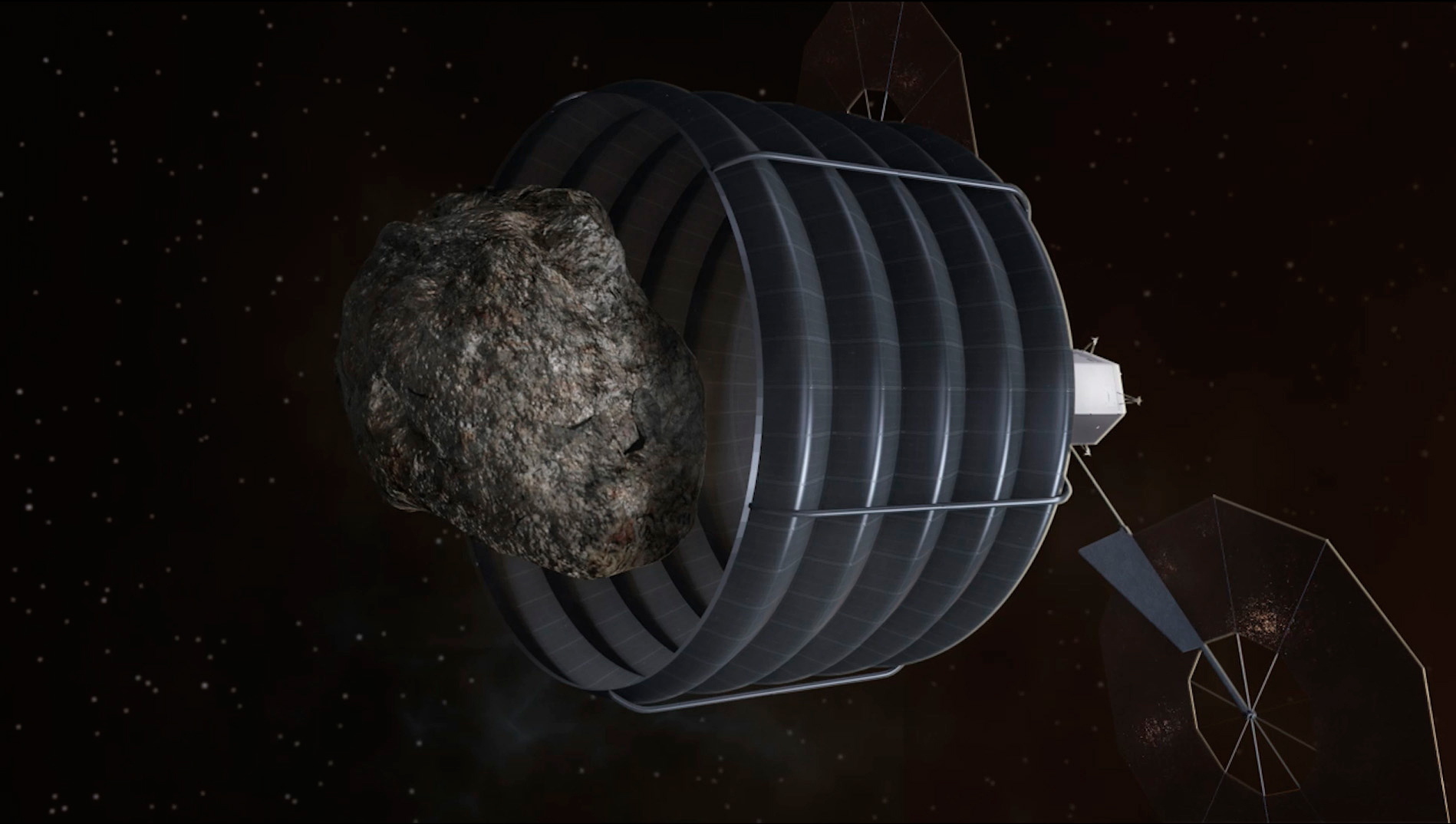

The allure of asteroid and lunar mining stems from both scientific curiosity and economic pragmatism. Scientifically, these celestial bodies are pristine records of the early solar system, offering insights into its formation and evolution.
Economically, they are potential troves of resources. Asteroids contain metals such as platinum, gold, and rare earth elements, critical for various industries on Earth, while the Moon’s surface holds water ice, which can be converted into rocket fuel, and regolith rich in useful isotopes like Helium-3, potentially a future energy source. The economic rationale hinges on the high value of these materials and the cost-effectiveness of their extraction and utilization in space, which could support further space exploration and even create a self-sustaining off-Earth economy.
Key Space Technologies and Innovations Driving Space Mining
Space mining’s feasibility is increasingly within reach thanks to advancements in key technologies. Robotics plays a central role, with autonomous robots and drones being developed to prospect, extract, and process materials on asteroids or the lunar surface without direct human intervention. Artificial Intelligence (AI) enhances these capabilities, enabling these systems to make decisions, navigate, and operate efficiently in the harsh and unpredictable environment of space.
In-situ resource utilization (ISRU) technology is particularly transformative, aiming to use the raw materials found on the Moon or asteroids directly in space for life support, construction, and fuel. This reduces the need to launch materials from Earth, significantly cutting costs and enabling more ambitious missions.
Legal and Ethical Considerations
The expansion of space mining activities brings to the forefront a range of legal and ethical considerations. Ownership rights are a primary concern, as current international treaties, such as the Outer Space Treaty of 1967, declare space to be free for exploration and use by all nations but prohibit national appropriation by claim of sovereignty, use, or occupation. This creates ambiguity around the legal framework for mining operations and the allocation of resources extracted in space.
Environmental concerns also arise, including the potential for disrupting celestial bodies’ environments, increasing the amount of space debris, and the broader impacts on Earth’s orbit and space traffic. These challenges necessitate international cooperation to establish clear, fair regulations that encourage space exploration and utilization while preserving space for future generations and preventing conflicts over off-Earth resources.
Space Tourism: From Vision to Reality
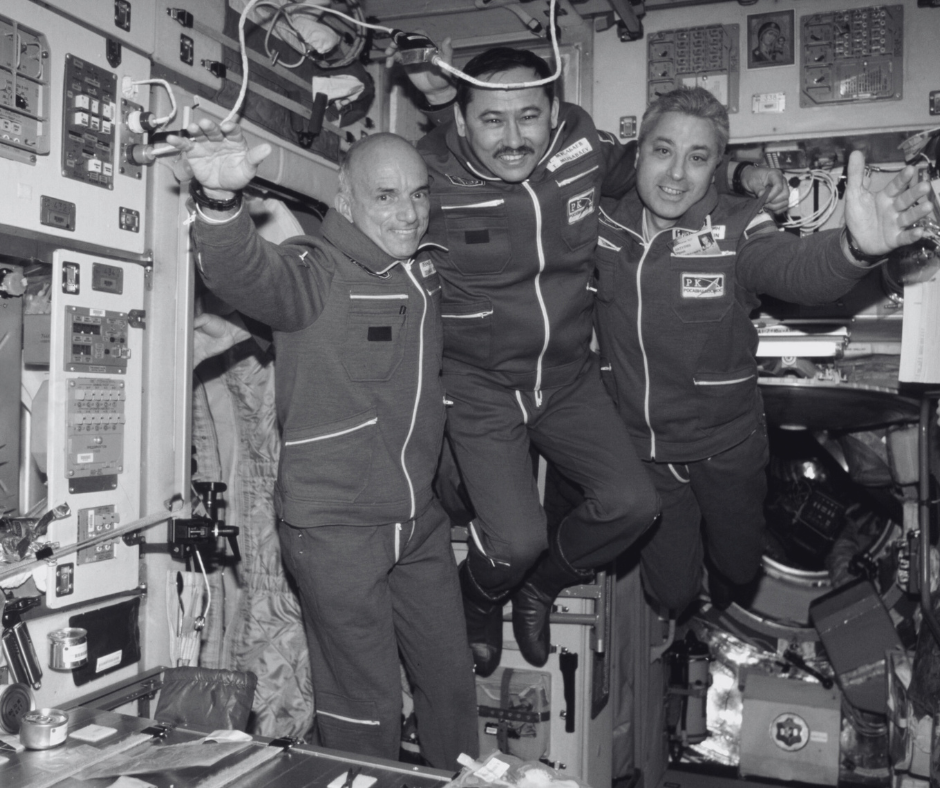

Space tourism has transitioned from a speculative vision to a tangible reality over the past few decades. The journey began in earnest in the early 2000s when the first self-funded space tourists visited the International Space Station (ISS) aboard Russian Soyuz spacecraft. These initial forays were groundbreaking, demonstrating the feasibility of commercial space travel.
Since then, the sector has evolved rapidly, driven by private companies like SpaceX, Blue Origin, and Virgin Galactic. These firms have made significant strides, including successful suborbital flights and plans for orbital space tourism. SpaceX’s announcement of its intention to send tourists around the Moon signifies the next ambitious chapter in space tourism, marking a shift from short suborbital trips to more extensive space experiences.
The Business of Space Tourism
The business of space tourism is burgeoning, fueled by technological advancements and growing interest from a diverse clientele. Market analysis suggests a robust demand for space experiences, driven by wealthy individuals and, increasingly, by a broader audience intrigued by the possibility of space travel. Customer demographics initially skewed towards affluent adventurers seeking the ultimate experience but are gradually expanding as companies explore ways to lower costs.
The range of experiences offered has also diversified, from brief suborbital flights providing a few minutes of weightlessness to more extended stays in orbit and even proposed lunar expeditions. Prices vary widely, reflecting the differing levels of experience, from the relatively more affordable suborbital experiences to the exorbitant costs associated with orbital and lunar travel. As the industry matures, it aims to broaden its customer base by offering a spectrum of space travel options catering to various interests and budgets.
Safety, Accessibility, and Sustainability Challenges
As space tourism advances, ensuring the safety of tourists is paramount. The industry must adhere to stringent safety standards to protect passengers in an inherently risky environment. Accessibility is another significant challenge, with current costs putting space travel out of reach for most people. Efforts to reduce costs through technological innovation and economies of scale are crucial for making space tourism more accessible.
Sustainability concerns also loom large, as the environmental impact of rocket launches is non-negligible, including emissions and potential debris issues. The industry is thus faced with the dual challenge of minimizing its environmental footprint while expanding access. Companies are exploring solutions such as more efficient propulsion systems and reusable launch vehicles to address these concerns, aiming to make space tourism a viable, safe, and sustainable activity for future generations.
Synergies and Conflicts between Mining and Tourism
Infrastructure, technological advancements, and economic growth provide a common ground where mining operations and tourism ventures can support and benefit from each other. The development of infrastructure, such as habitats and transportation systems for mining, can also facilitate tourism by reducing the cost and increasing the safety of space travel. Technological advancements in one sector can drive innovation in the other, leading to overall economic growth in the orbital economy.
Potential conflicts between mining and tourism in space include competition for resources, environmental concerns, and the management of space traffic. Mining operations could impact the pristine environments that attract tourists, while the increase in space traffic from both sectors could lead to congestion and safety risks.
Balancing the industrial and recreational uses of space requires strategic planning and regulatory frameworks. This could involve designating specific zones for mining and tourism, developing sustainable practices for both sectors, and ensuring that the infrastructure supports the needs of each without compromising the other’s goals.
Policy and Regulation: Shaping the Future of the Orbital Economy
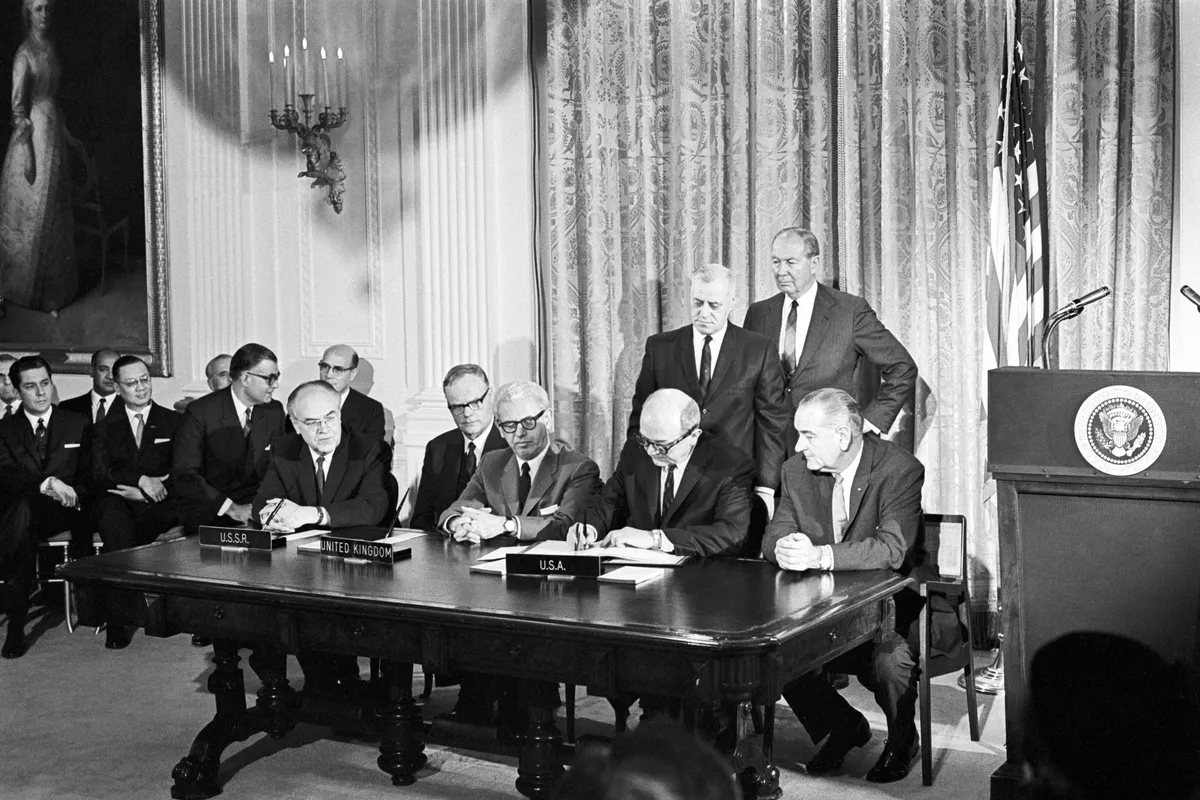

International cooperation and regulation play a crucial role in ensuring the sustainable development of the orbital economy. The Outer Space Treaty and the Artemis Accords lay the groundwork for peaceful exploration and use of space resources, emphasizing the need for future governance frameworks that address the evolving challenges and opportunities in space.
National policies significantly impact private space ventures through incentives that encourage investment and innovation, restrictions that ensure safety and compliance, and support mechanisms that facilitate growth. These policies can either foster a thriving space economy or hinder progress by imposing burdensome regulations.
Achieving a global consensus on environmental stewardship, safety standards, and equitable access to space resources is essential for the long-term viability of the orbital economy. This requires collaboration among nations, private entities, and international organizations to develop policies that balance economic interests in space capabilities with the protection of space for future generations.
Final Thoughts on the Future of Space Commerce
The future of space exploration and the orbital economy is bright, with technological advancements paving the way for space habitats, deep space travel, and the potential for an interplanetary economy. Innovations in life support systems, propulsion technologies, and materials science are making the idea of living and working in space more feasible than ever. These advancements promise to expand human presence beyond Earth, opening up new frontiers for exploration, settlement, and economic activity across the solar system.
Despite the exciting potential, the space sector faces significant economic challenges, including investment risks, market volatility, and the need for robust business models. Financing space ventures requires substantial upfront capital with long-term horizons for returns, making it a risky proposition for investors. Market volatility, driven by technological uncertainties and regulatory changes, further complicates economic planning. Developing sustainable business models that can withstand these challenges is crucial for the continued growth of the space economy.
The expansion of the space economy also raises important social and ethical questions. The impact on Earth’s economy, including job creation and displacement, requires careful management to ensure benefits are widely distributed. The digital divide in space, where access to space-based services and opportunities may be uneven, poses a risk of exacerbating inequalities. Furthermore, the preservation of space heritage, including historical sites on the Moon and other celestial bodies, presents a unique challenge, necessitating global cooperation to protect these universal assets for future generations.








